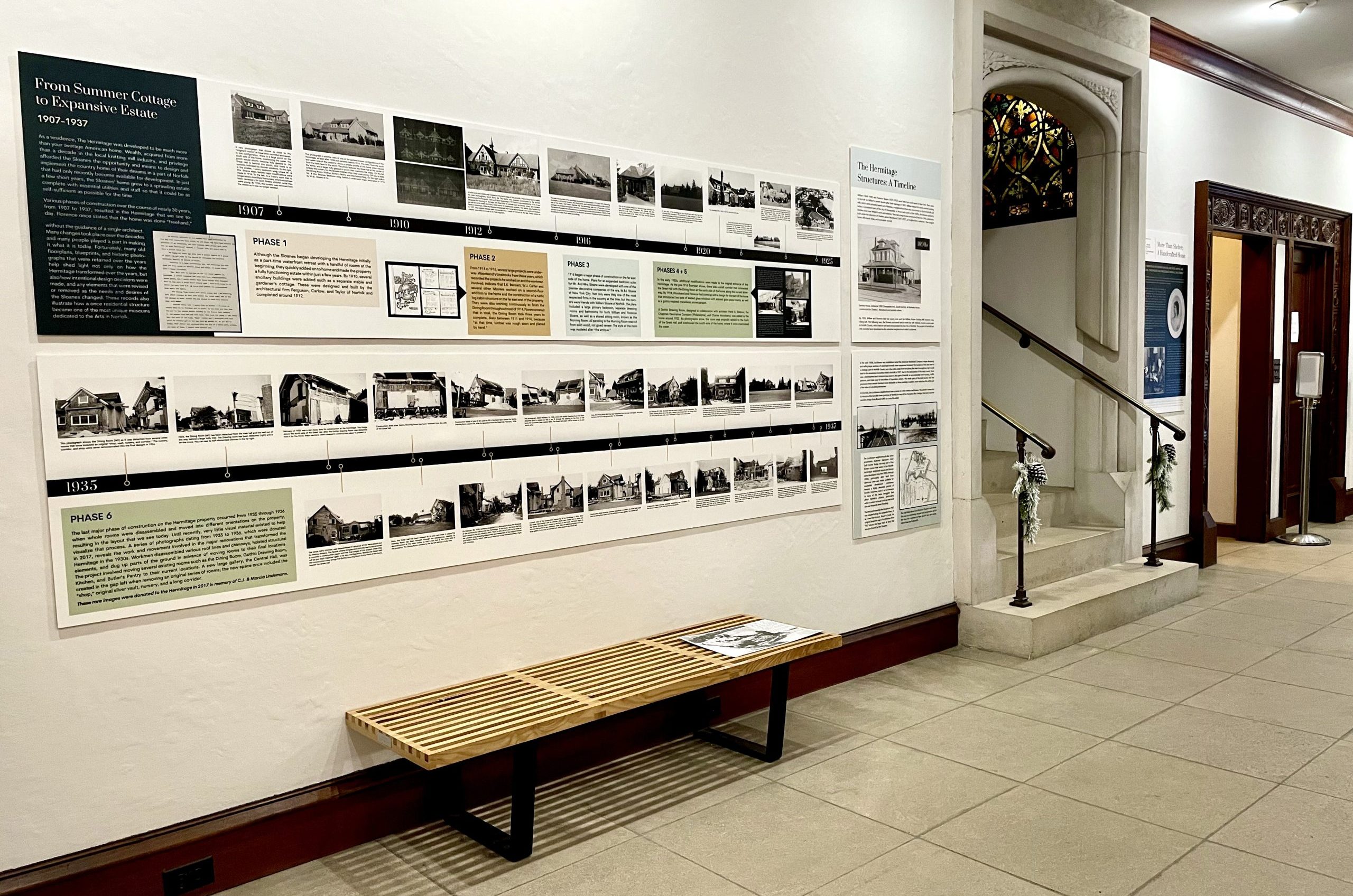
A POP-UP POSTER EXHIBIT IN PARTNERSHIP WITH THE VIRGINIA MUSEUM OF CONTEMPORARY ART; ongoing
“The essentials for human survival are food, water, and shelter. These needs take precedence over all the others.”
Virginia MOCA’s winter exhibit, More Than Shelter, is an investigation into basic human needs and topics that are important to our community through the exhibition of new artworks. This season, eleven exhibiting artists at MOCA have partnered with community organizations and individuals.
In collaboration with Virginia MOCA, the Hermitage has put together a visual story of how this iconic Norfolk house, the Hermitage, was built first as a place of shelter for the Sloane family. Relying on archival records, photographs, and original floorplans, our companion exhibit details how the Hermitage was custom built to fit the lifestyle, needs, and all that was important to the Sloane family. Images will also show how this structure transformed over the years to become the inspiring place we can all enjoy today.
To create one’s own shelter, or home, requires the financial ability to secure land or a property. It’s also helpful to have additional funds to build or have a dwelling built. Even more funds are needed to help maintain that dwelling and customize it for a person’s comfort level and lifestyle—to make it truly feel like “home.”
Home can be a place to rest, a place of comfort and belonging. As artist Lauren Keim states, “Our homes are places of intimacy and vulnerability, inspiration, security, and comfort.” It can be where we feel most safe, secure, and ourselves.
What Florence created at the Hermitage was certainly more than just shelter or bare necessities for her basic survival. She had the wealth and the means to create something truly unique and special. She invested a great deal of her personal time, energy, and funds to make her vision come to life. The ways in which she curated her own estate are a testament to what brought her joy in life, what she felt she needed for comfort, and the kind of extraordinary lifestyle she maintained. Decisions about how her interiors were originally designed and furnished reveal much about the “art-full” life she led.
As shown through records that visually illustrate how this extravagant, handcrafted form of shelter was created over the years, this exhibit will ultimately ask visitors to consider how wealth and privilege are an advantage to securing more than just basic necessities.
Additionally, we encourage you to visit Virginia MOCA’s exhibition and then consider, what makes a place a home? What does shelter mean to you? What are the current shelter issues in our own area, and how does it affect you when there are some in our own community whose basic needs, such as shelter, are not met?

